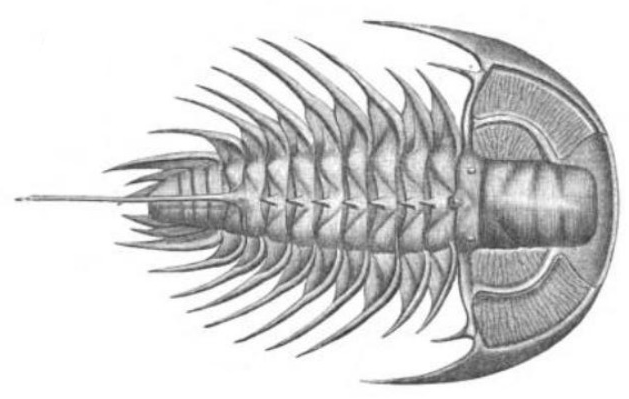What’s Stomata With You?

Here’s something I bet you’ve never thought about. At least if you’re not really into the mechanics of plant biology. Did you know that plants carefully regulate the loss of water depending on humidity?
They do this through small, imperceptible pores on their leaves called stomata. I vaguely remember the term from my high school science class but obviously never gave it much thought. What’s fascinating about this is that plants use their stomata to also take in much-needed CO2 for photosynthesis. When they need to preserve water vapor, it makes sense for the stomata to close, as in the middle of a drought. But it can’t remain closed due to the need for CO2. It’s a very fine-tuned balancing act.
Why am I telling you this? Modern flowering plants and ferns do this and have been doing so for 450 million years (when plants moved from the water to land). What we didn’t know was the history behind it – the evolutionary history, that is. Is the mechanism behind the opening and closing of the stomata the same in both flowering plants and ferns?
It appears to be. A study recently published in Current Biology by a team of researchers from the University of Birmingham found evidence that ferns use a similar mechanism involving a hormone called abscisic acid, or ABA.
Genes control everything, and knowing this, the researchers identified the genes involved in this activity by RNA sequencing technology. It turns out the genes that control the fern’s ability to regulate the opening and closing of the stomata when ABA is present are the same as in flowering plants. This means that this mechanism, or a very early form of it, was present in their last common ancestor.
Now, if they can just explain why my wife and I have a hard time growing tomatoes in our garden. Everybody else with a garden seems to do just fine with it.
Sources:
-
Plackett, Andrew. “Conditional Stomatal Closure in a Fern Shares Molecular Features with Flowering Plant Active Stomatal Responses.” BioRxiv, 1 Jan. 2021, www.biorxiv.org/content/10.1101/2021.03.06.434194v1.
-
“Plants Evolved Ability to Actively Control Water-Loss Earlier than Previously Thought.” University of Birmingham, 26 Aug. 2021, www.birmingham.ac.uk/news/latest/2021/08/plants-evolved-ability-to-actively-control-water-loss-earlier-than-previously-thought.aspx.
